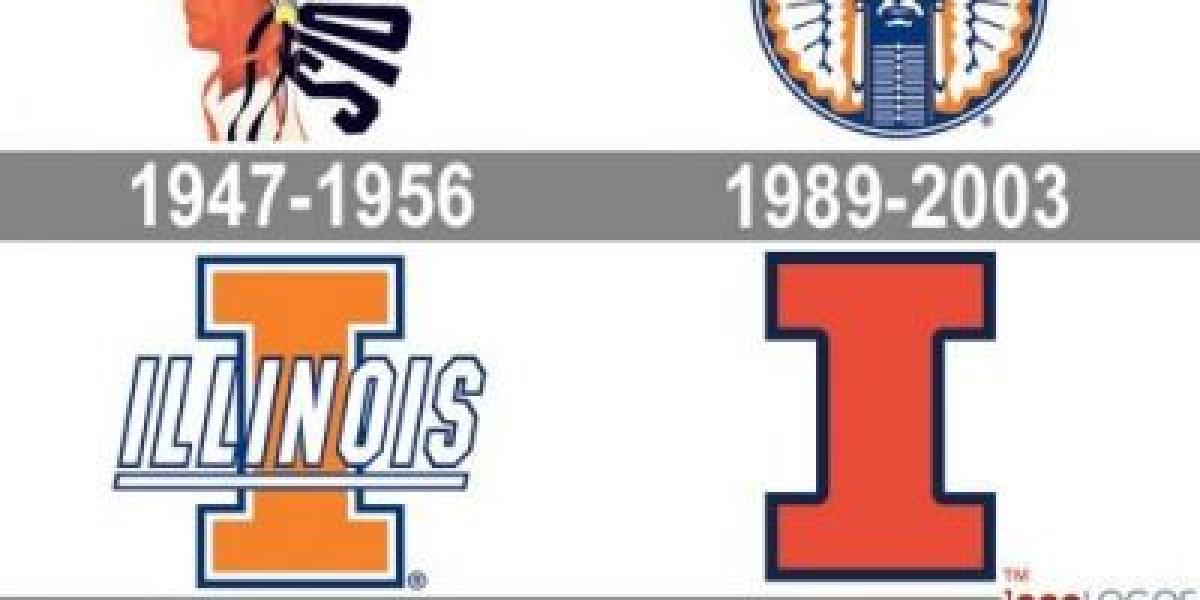In the early days, Illini helmets bore a simple "Illinois" inscription, devoid of imagery. In 1947, however, the program adopted a controversial logo: a Native American chief adorned with a feathered headdress. This offensive stereotype, unfortunately common in sports at the time, was initially well-received. However, growing awareness of cultural appropriation led to its eventual retirement in 1982, replaced by a more respectful alternative - the Chief Illiniwek mascot.
Chief Illiniwek, a dancing figure based on the Peoria Tribe warrior and leader Black Hawk, served as the program's symbol for over 50 years. While popular with many fans, the mascot faced increasing criticism for its potentially disrespectful portrayal of Native American traditions. After years of debate, the University of Illinois finally retired Chief Illiniwek in 2007, marking a turning point in the team's visual identity.
The search for a new logo, one that could honor tradition while avoiding cultural insensitivity, was a delicate task. In 2014, the Illini officially adopted the Victory Badge. This modern symbol combines the iconic Block I with two facing F's, representing the "fight" the team embodies. The design also subtly references the columns of Memorial Stadium, paying homage to the program's history and honoring the fallen soldiers who inspired the nickname "Fighting Illini."
But the journey doesn't end there. Recently, discussions have resurfaced regarding the Victory Badge's potential cultural insensitivity, with some students claiming its F's resemble war clubs used by some Indigenous tribes. While no official changes have been implemented, the conversation highlights the complexities of balancing tradition with respect and responsibility.




